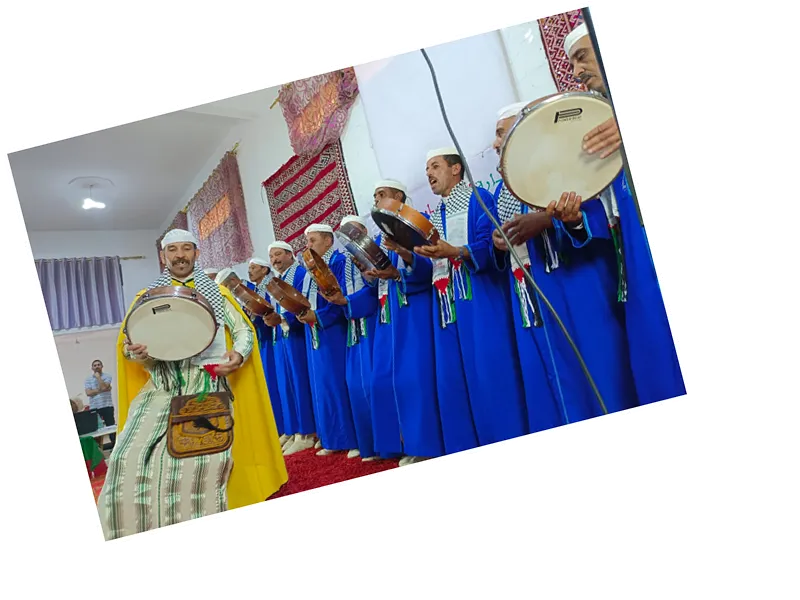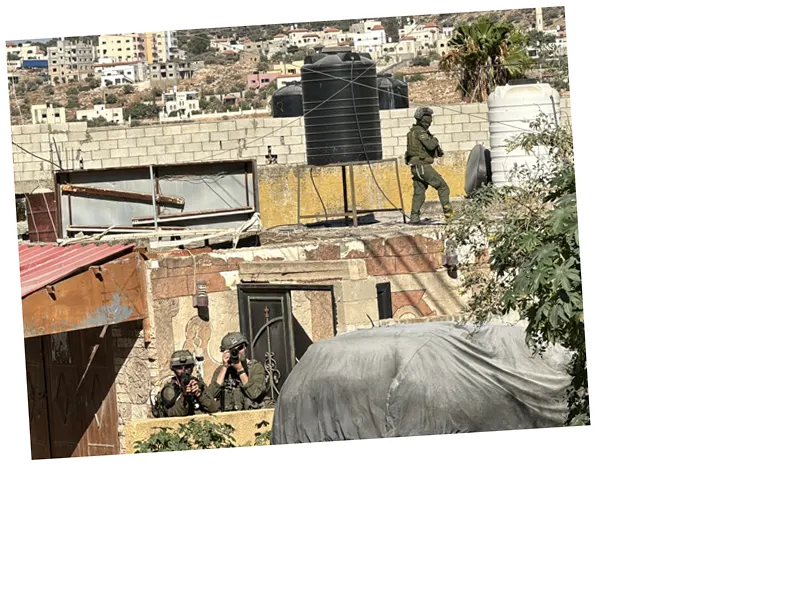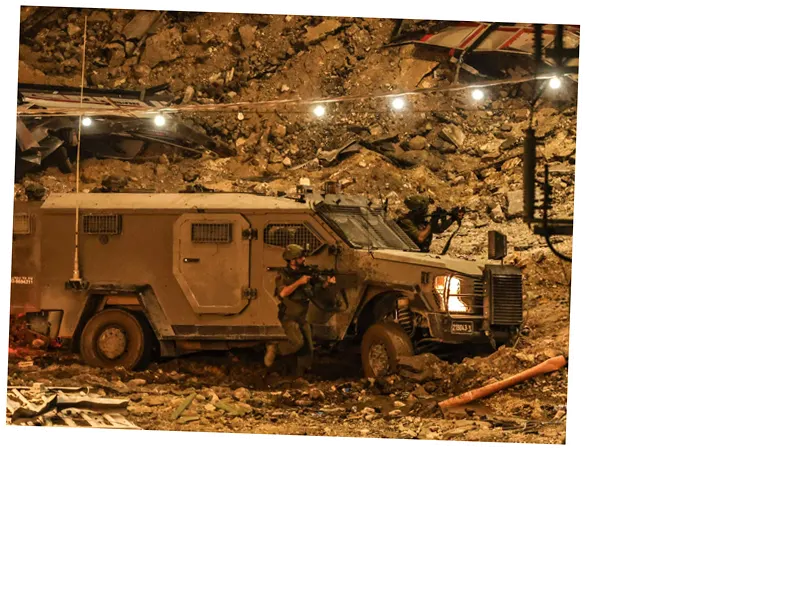Tubas city, located in the northeastern West Bank, serves as the center of the Tubas Governorate and boasts a rich history dating back to the Canaanite era. The city, which spans approximately 500 square kilometers, has played a significant role in Palestinian resistance against Israeli occupation since the mid-20th century. Tubas was one of the first cities to ignite the Palestinian revolution in 1965 and witnessed the formation of the 'Tubas Battalion' in 2022, which has actively engaged in confrontations with Israeli forces.
Geographically, Tubas is situated southeast of Jenin and northeast of Nablus, characterized by its flat terrain interspersed with hills, standing between 300 to 600 meters above sea level. The city's climate is moderate, featuring hot, dry summers and wet winters, with an average temperature of around 21 degrees Celsius. The name 'Tubas' is derived from the ancient Canaanite term 'Tuba Sios,' meaning 'shining star,' and it has historical references dating back to the Roman period when it was known as 'Thebas.'
The population of Tubas is estimated at over 23,000, comprising various clans, including the 'Daragma,' 'Sawafta,' and 'Fuqaha.' These clans foster community solidarity through the Tubas Clans Council, which plays a vital role in social governance. The traditional attire of the Tubasi people, particularly the women's costume known as 'al-Mardan,' reflects a blend of cultural influences, notably from Kurdish traditions.
Economically, Tubas relies heavily on agriculture, producing a variety of crops such as vegetables, olives, and almonds, alongside livestock farming. The city has also seen growth in trade, with numerous shops and small industries, although the average family income has significantly declined since the Second Intifada. Notable landmarks include the Hill of the Radgah, Jabaris village, and Ainun village, showcasing the city's historical and archaeological significance.






